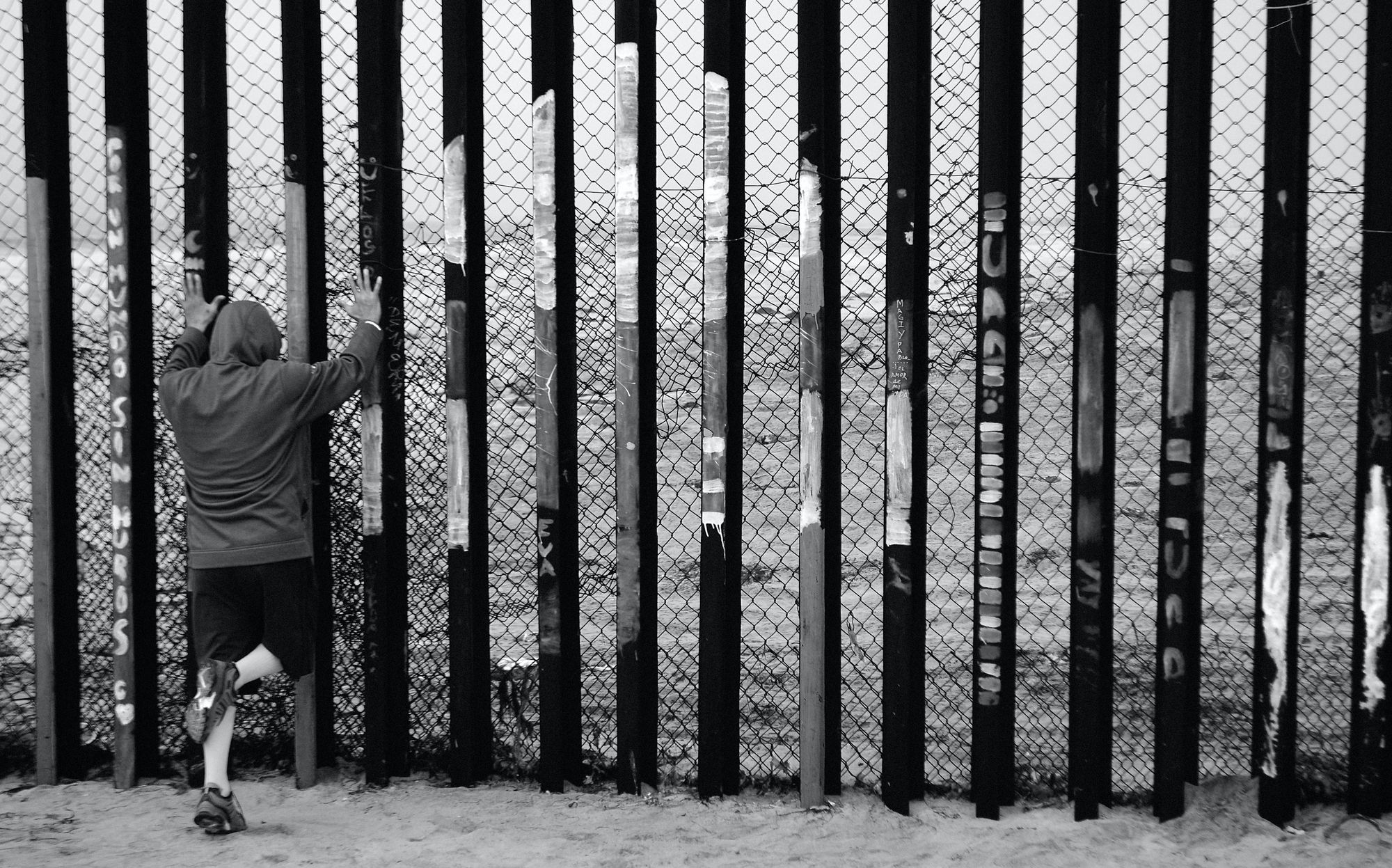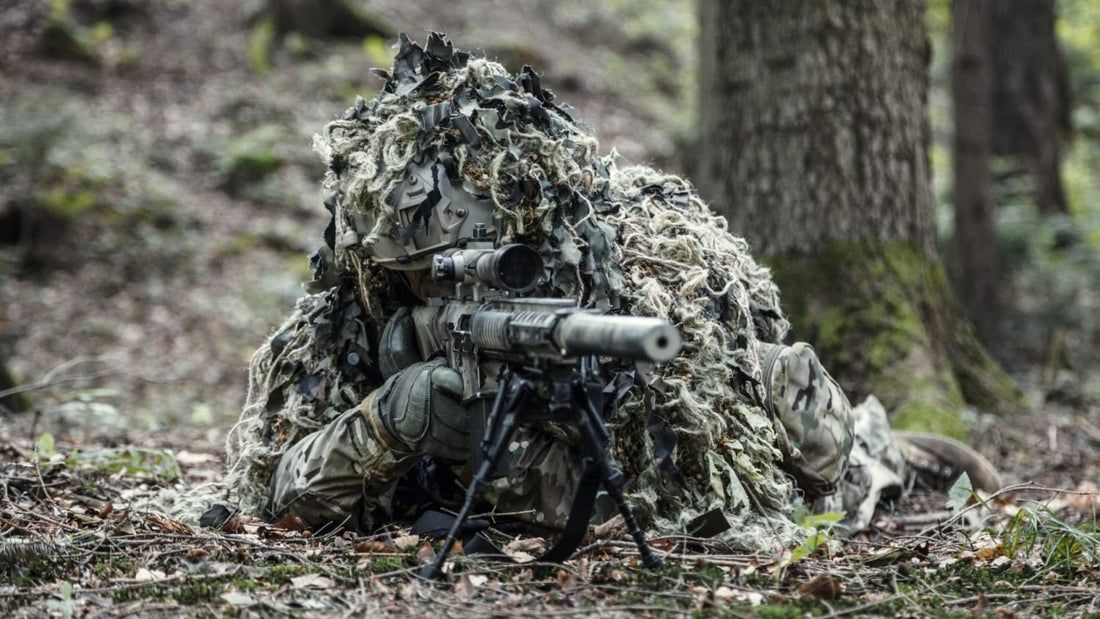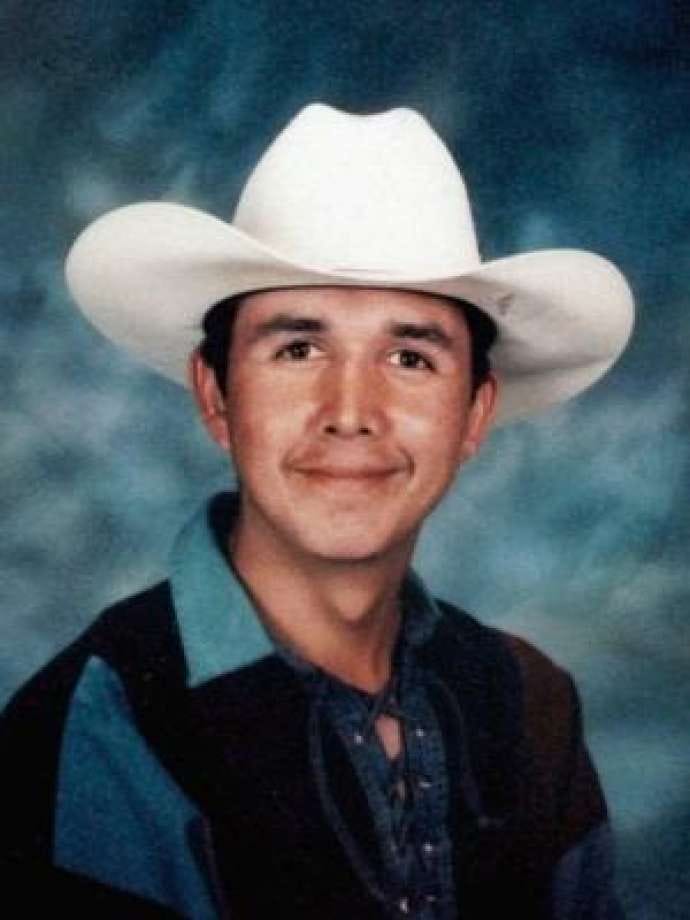The Coming Sadness
In 1997, Esequiel Hernandez became the first American killed on native soil by this country’s military since the May 4, 1970, National Guard killings at Kent State during a Vietnam War protest. More American guns are pointing south along the border now. The odds go up daily for another tragedy.

There was gunfire just across the river from Laredo this week. Guests said they heard a gun battle while sitting around the courtyard pool at the La Posada Hotel on the north bank of the river. Monday morning in Nuevo Laredo, Tamaulipas, Mexico, the U.S. Consulate, schools, and public transportation were suspended as government troops set up roadblocks around the border city. Reports from Mexican media indicated a cartel was fighting government troops after the arrest of a prominent drug trafficker. There were reportedly five cartel members killed in the confrontation.
Bridge traffic between the two cities, however, was not halted. Commerce goes on, though tourism has become almost non-existent between the sister cities. Nuevo Laredo was once a popular destination for Texans and other Americans seeking an experience in Mexican culture. A short walk across the bridge took shoppers to the old market before they headed over to the plaza and the famed Cadillac Bar where white-jacketed waiters hustled between tables with cabrito plates and sweet rum punches. Evenings were often spent beneath the palms in the plaza listening to wandering mariachis raising music that was heard echoing down the side streets and alleys. But now Nuevo Laredo is a battleground between cartels struggling to control access to the lucrative I-35 corridor.
While the sound of gunfire isn’t a daily occurrence in communities along the Rio Grande, it is not uncommon. The historic attempt to move contraband from one country to another has always prompted smugglers to be armed against police and other bandits. When I was a young reporter in Laredo, half the city on the river front was pinned down by a random shooter with a high-powered rifle who was simply taking shots at targets on the U.S. side. There was a recurrent risk on the border of being wounded or killed, though murder rates were rarely much above those of major metropolitan American cities.
The contemporary increased flow of drugs and immigrants has compounded the problem of deadly weapons. The Texas governor has added troops and DPS police officers by the thousands as more than a million people have approached the border from the south trying to gain entry to the U.S. in the past year. The militarization has prompted some immigrants to risk their lives walking through hundreds of miles of open desert to avoid the National Guard, cartels, state troopers, and random armed activists. This has already ended in fatality.
A group of immigrants had crossed the American Outback on foot in the Chihuahuan Desert and ended up outside the small community of Sierra Blanca near a water tank. Two brothers with anti-immigrant and racist sentiments were driving in the area, got out of their truck, and shot at the Mexicans. One male died and a woman was seriously injured before being rushed to a hospital in El Paso, a hundred miles distant. The trigger was pulled, in part, by xenophobic rhetoric from politicians like Greg Abbott and Donald Trump.
Into this mix of guns and incendiary lexicon like “invasion,” the Texas governor has decided to increase militarization with M-113 armored personnel carriers from the Vietnam era. Ten of the vehicles are being placed along the Rio Grande near the troops with guns and the state troopers with guns and the local police with guns and the ranchers with guns. Although the APCs have not been armed, they can carry grenade launchers, 50-caliber machine guns, and just about every other kind of weapon short of a heavy cannon. Abbott can decide to mount weapons on the carriers later just as easily as he decided to dispatch the armor against tired, hungry, thirsty, and poor people carrying a handful of personal items and hearts full of hope. The move was made, supposedly, in anticipation of a surge of immigrants after the ending of Title 42, a rule that kept immigrants in Mexico while they were waiting out hearings on their asylum claims in the U.S.
The consequences of militarizing any border are imminently predictable. In fact, Texas has already seen the harm caused by this policy failure and unnecessary aggression. In 1997, there was a greater political interest in stopping the flow of drugs than immigrants. Washington, and the U.S. Military, chose a remote spot on the Rio Grande in West Texas near the tiny community of Redford. Armed Marines were outfitted in Ghillie suits, which made them appreciably invisible in the desert scrub, and were stationed spread across the river front to look for drug smugglers. Rules of engagement, outlined later in a courtroom, were vague, and soldiers were expected to radio back to a commander in El Paso when they were confronting contrabandos.

Called Joint Task Force 6, the unit was situated in an unmonitored stretch of border where Esequeil Hernandez tended his goat herd for his family. Known to his friends and family as Junie, the 18-year-old sat his burro with a single shot .22-caliber rifle that he often used to fend off predators like coyote, rattlesnakes, and mountain lions that came after his goats. The Marines did not notice the boy with his goats until he fired a shot at a coyote that was following his animals as he brought them up from drinking water out of the Rio Grande.
Esequiel was tracked and flanked for 20 minutes until Marine Corporal Clemente Banuelos pulled his trigger and killed the teenager with a bullet that entered under his armpit. The commander who gave the order to fire was not on scene with the JTF6 detachment but had listened to a description of the circumstances and had authorized the shot. Esequiel became the first American killed on native soil by this country’s military since the May 4, 1970, National Guard killings on the campus of Kent State University of Ohio during a Vietnam War protest. Banuelos, who was only four years older than Ezequiel when he looked through his scope and fired, will likely live all his days with the grief of what happened when he followed orders. Ezequiel had hoped to become a Marine like Banuelos, and a recruiting poster proclaiming a need for a few good men was on the wall over his bed in the family's modest adobe on the day he was killed. By the Marines. Two tiny American flags were taped to the wall.

Eventually, at the courthouse in Marfa, the four Marines, who should have never been placed in such an absurd situation by their government, were acquitted of any crime. They were an estimated 200 yards distant from the teenager, who was no threat and almost certainly had no idea of the Marines’ presence. Court testimony talked about "rules of engagement" but nobody living along the Rio Grande near Redford had any idea they were even being "engaged." The U.S. military should never be deployed on American soil unless the nation is being invaded, which it was not then and is not now.
This tragic tale became the subject of the compelling documentary, "The Ballad of Esequiel Hernandez," narrated by Texas actor Tommy Lee Jones, who also used the story to inspire his dramatic film, "The Three Burials of Melquiadas Estrada." More critically, the story of Esequiel ought to be an intellectual and emotional gauntlet that politicians are required to run every time they start blabbering about border security.
Esequiel was buried in a rocky grave overlooking the village where he lived and died. From the mesa where he was laid to rest, a visitor can see his home, the spot where he was killed, and the church where people came to visit him one last time. If you spend time along the Rio Grande, especially in the tiny community where Esequiel’s short life was lived, you begin to learn that most of the history on both sides of the river is about families and cooperation. We civilized and modern Americans and Mexicans are responsible for putting up borders and cameras and pointing guns and turning the watercourse into a frontier. In fact, before westward expansion had filled up the southwest with outsiders and capital opportunities, a border was rough concept, and the river was a vein that united and gave lifeblood to both its north and south banks

Lucia Madrid, who was one of Esequiel’s schoolteachers, lived many of her decades in the weary desert town of Redford, Texas. She gathered 20,000 books for children to read at her home because her mostly impoverished hometown, which her grandparents had helped to establish, could hardly keep open a small school. Madrid was honored in 1990 as one of President George H. W. Bush's "Thousand Points of Light" and was also given the Ronald Reagan Award for Volunteer Excellence at the same ceremony.
Madrid was not asked publicly about the cause of Esequiel’s death, but we know her sentiments about the river and the border. She is featured in Jefferson Morgenthaler's brilliant 2004 book, The River Has Never Divided Us, which examines the cultural and archaeological evidence of life in the region known as La Junta de los Rios, the junction of the rivers where the Rio Grande and the Rio Conchos from Mexico meet and make life possible in the long valley reaching east toward Redford. Research shows it to be the oldest, continually cultivated site in North America, a locale where nomadic peoples and sedentary farmers co-existed for centuries in peace. The Rio Grande out there was always viewed as a thread that united the two countries and their families.
"Anglos have tried to divide it, for a different country,” Madrid told author Morgenthaler, “but no, the Rio Grande has never, never divided people."
More American guns are pointing south now, though, and the odds go up daily for another tragedy. I have thought that might even be an unstated subtext for the Texas governor’s decision to increase militarization of “la frontera.” He may be laying a predicate to respond with force when troops hear gunfire. Perhaps, they think it is directed at them, which is the mistake made by the Marines who put their gunsights on Esequiel. Shots fired at illegal immigrants, the wounding or accidental killing, would send a message south that the Americans have started defending their border with weapons, shooting people trying to cross. Greg Abbott clearly wants that to be understood as a possible outcome when he uses terms like “invasion.” The real result, however, will, eventually, be an unspeakable horror.
Just ask the family of Esequiel Hernandez.